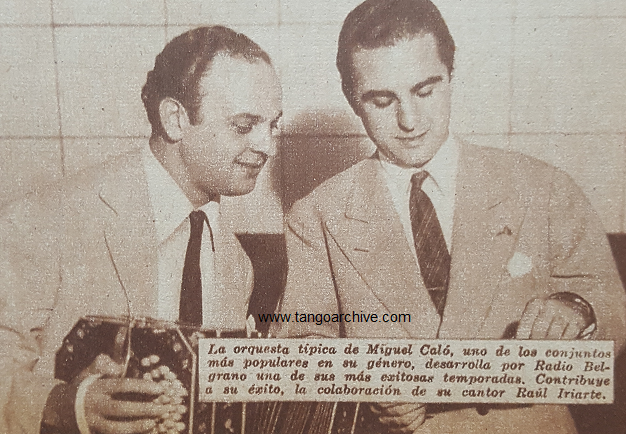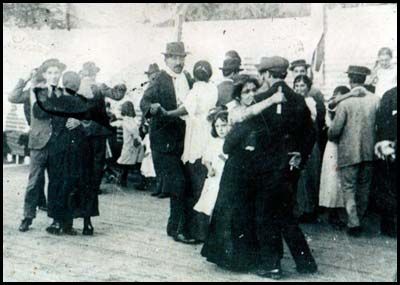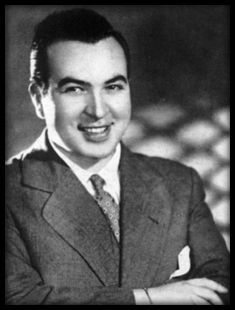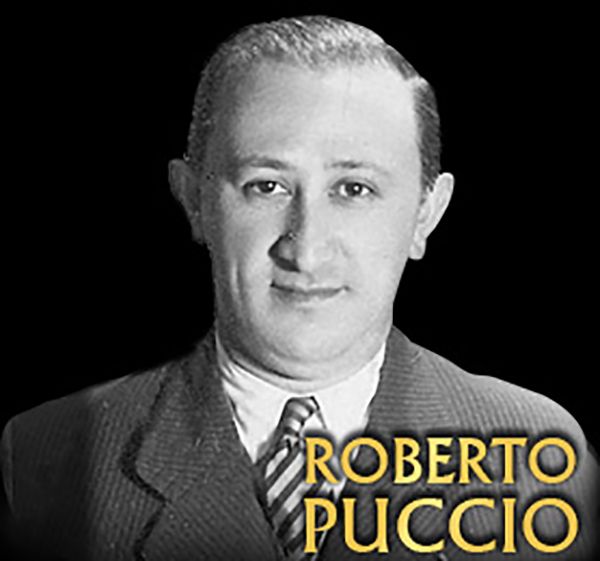“Patotero sentimental” by Carlos Di Sarli y su Orquesta Típica with Roberto Rufino in vocals, 1941.
 Manuel Romero
Manuel Romero
Lyricist and playwriter
(September 21, 1891 – October 3, 1954)
The tango lyricists that have achieved numerous lasting booms are not more than ten or twelve, and among them Manuel Romero has to be included. Let us remember this title: “Patotero sentimental”.
His personality resembled a typical porteño, so tango was very profoundly inside him. Continue reading at www.todotango.com…
Listen and buy:










